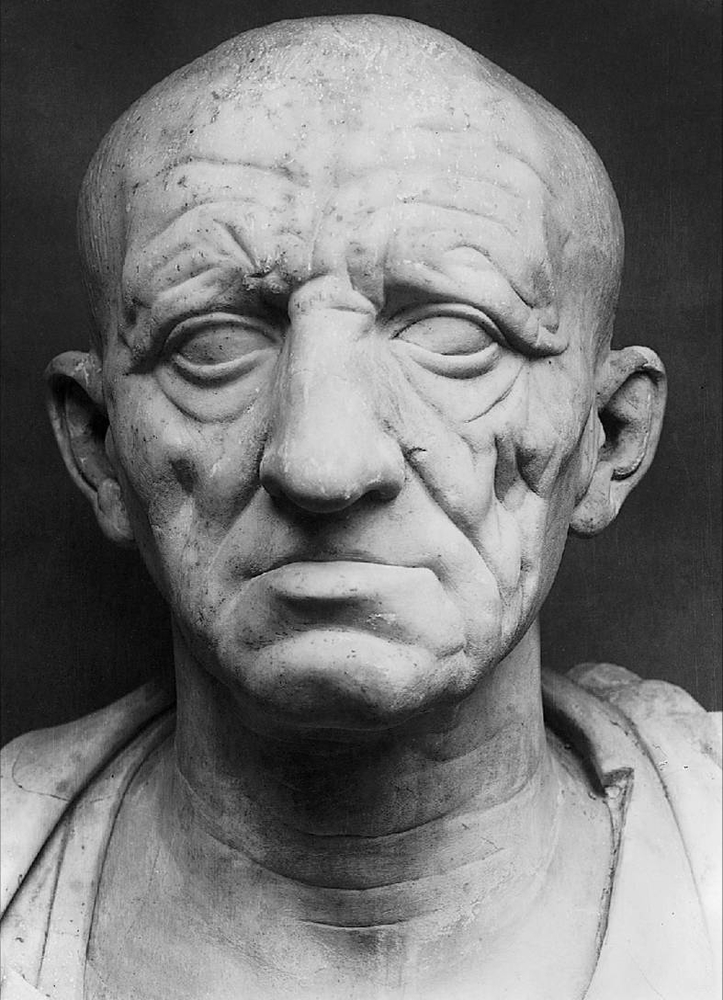More about The Three Graces
- All
- Info
- Shop

Contributor
According to WebMD-style art historians one of Rubens' three Graces definitely has cancer.
The three Graces— Aglaea, Thalia, and Euphrosyne— were the daughters of Zeus and the Oceanid, Eurynome, signifying splendor, good cheer, and mirth respectively. Though instead of focusing on what these ladies embodied, Rubens was more drawn towards painting their voluptuous nude bodies, thinly veiled by a nothing more than a sheer flimsy fabric, kind of like an earlier version of today’s “naked dress.”
The three sisters live on Mount Olympus where they entertain the gods and goddesses by singing songs and dancing. They also act as attendants to the love gods Aphrodite and Eros. Despite (or is it rather, because of?) their leisurely lifestyle and their supplementary role in Mount Olympus, the Graces are a popular source of inspiration for many different artists, depicted in various sizes and outfits by Antonio Canova and Lucas Cranach the Elder.
In 1966, the painting was among many that were stolen from Dulwich College, including three Rubenses and three Rembrandts. Thanks to muddy footprints left by the thief, in just four days, officials were able to identify him as 32-year old unemployed ambulance driver, Michael Hall, who had a history of petty theft. Hall was most likely motivated by the £2.5 million ($5.75 million) these paintings were worth at the time.
In 2001, Juan J. Grau and his team at the University of Barcelona claimed that the Grace on the right is suffering from breast cancer. He writes, “In 'The Three Graces' we can see that the model on the right has an open ulcer with reddening of the skin, nipple retraction, reduction of breast volume as well as axilar lymph nodes. This is a visual aspect of a locally advanced breast cancer.”
Now, we’re not sure we really buy this theory, seeing as it is a painting and may not elicit the most accurate medical diagnoses, but we do appreciate the intellectual creativity, and the additional, semi-legitimate reason to close up on the nip to see exactly what’s going on.
Now let’s see… hmm, nipple retraction, yes. Mhmm, lymph nodes. Yup, yup, yup. Definitely cancer.
Nope, I still don’t buy it.

Contributor
Welcome to Rubens' most stunning work: The Three Graces
The three graces are Greek goddesses named (from youngest to oldest): Aglaea ("Splendor"), Euphrosyne ("Mirth"), and Thalia ("Good Cheer"). The graces usually do their work in the nude and are very close.
While the names Aglaea and Euphrosyne seem to have died out, Thalia is still popular today (a safe search on Google will lead you to lots of pictures of Mexican singer/actress Thalia Sodi Miranda, and I have a cousin named Thalia myself.)
According to Rubens, there is nothing more graceful than full-figured Belgian ladies so these Graces reflect that conviction.
If you like your Graces more like Maggie Grace or Grace Kelly, and less like Nancy Grace, then take a look at 17th-century Italian sculptor Antonio Canova's spectacular marble masterpiece, The Three Graces.
Featured Content
Here is what Wikipedia says about The Three Graces (Rubens, Madrid)
The Three Graces is an oil painting of the Three Graces by Peter Paul Rubens.
The painting was held in the personal collection of the artist until his death, then was purchased by king Philip IV of Spain and in 1666 it went to the Royal Alcazar of Madrid, before hanging in the Museo del Prado.
There were other variations by Rubens on the theme of Three Graces. Physical dimensions of this painting are 221 cm × 181 cm (87 in × 71 in) without frame.
Check out the full Wikipedia article about The Three Graces (Rubens, Madrid)





















As usual, Rubens' models seem well fed